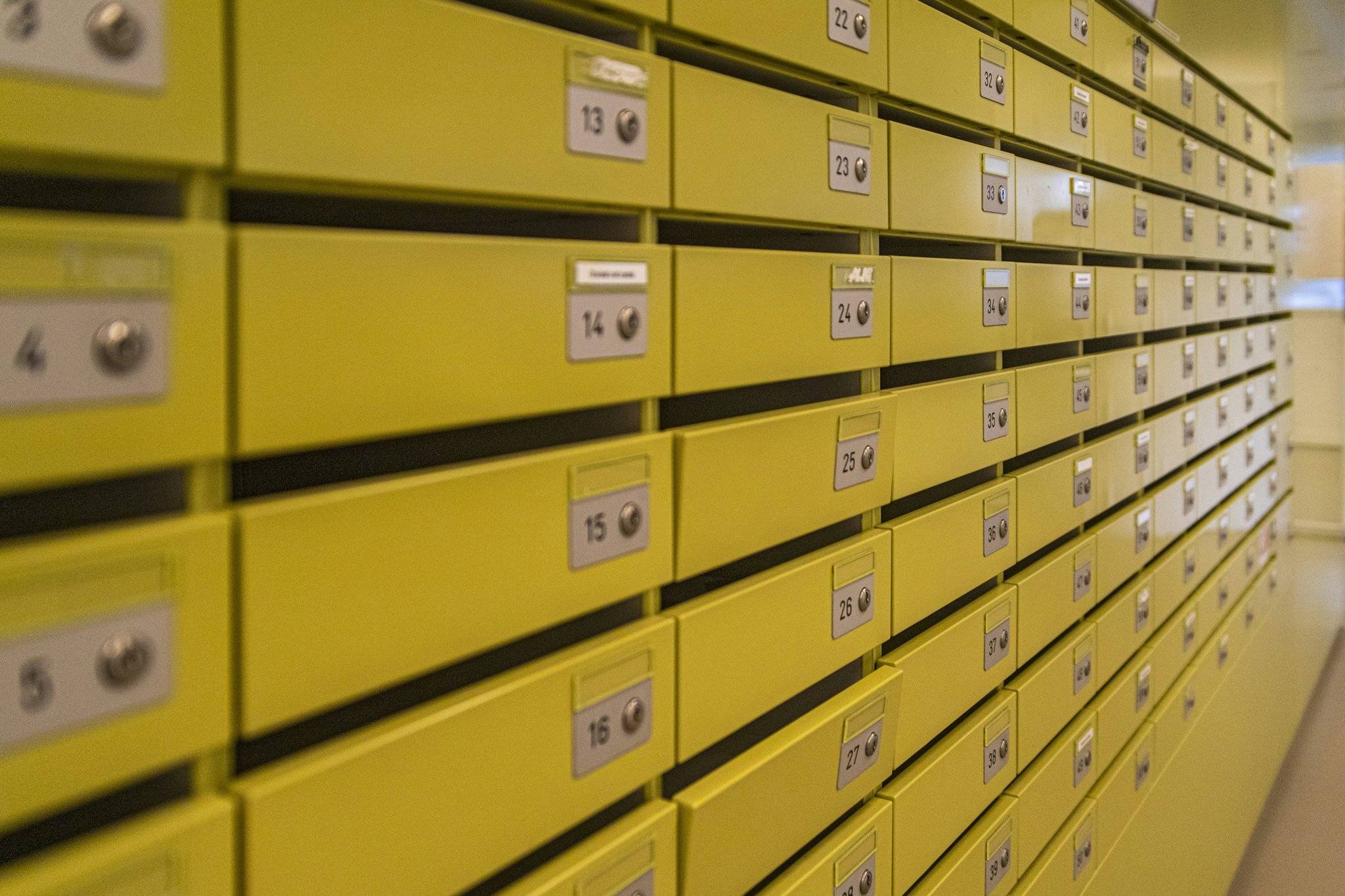“Have you ever scrambled to find an archived file during an audit, only to realize it’s buried in some forgotten backup system? Yeah, we’ve been there too.”
Managing data archiving effectively isn’t just about storage—it’s about cold storage for compliance. Whether you’re dealing with regulatory demands or safeguarding sensitive records, failing to comply can lead to costly fines and reputational damage. In this article, we’ll break down everything you need to know—from what “cold storage” actually means to how to implement it efficiently.
You’ll learn:
- Why cold storage is critical for meeting compliance requirements.
- Step-by-step instructions on setting up a compliant cold storage solution.
- Actionable tips to avoid common pitfalls when managing archives.
Table of Contents
- Key Takeaways
- The Problem With Data Archiving Today
- How to Set Up Cold Storage for Compliance (Step by Step)
- 5 Best Practices for Managing Cold Storage Archives
- Real-Life Example: A Company That Got It Right
- FAQs About Cold Storage for Compliance
Key Takeaways
- Cold storage is cost-effective but slower access compared to active databases.
- Regulations like GDPR require strict retention policies managed through proper archiving systems.
- Using automation tools helps maintain compliance without manual headaches.
The Problem With Data Archiving Today
Data archiving used to be simple—dump old files onto tape drives or DVDs and call it a day. But times have changed. Modern businesses generate massive amounts of data daily, which makes sorting, storing, and retrieving that information a logistical nightmare.

Here’s the brutal truth: Many companies still rely on outdated methods or ignore compliance entirely. I once worked with a tech firm that got hit with a $2M fine because they couldn’t produce archived emails requested during an IRS investigation. The CEO’s face? Pure panic.
Now here’s where things get spicy…
“Optimist You: ‘We’ve got years before these regulations catch up to us!’ Grumpy You: ‘Ugh, no. Do it now unless you want your company trending on Twitter—for all the wrong reasons.'”
How to Set Up Cold Storage for Compliance (Step by Step)
Step 1: Audit Your Current Data Landscape
The first step is figuring out what kind of data you’re working with. This includes identifying:
- Sensitive customer info (PII).
- Financial records subject to audits.
- Communications logs (emails, chat history).
Step 2: Choose the Right Cold Storage Solution
Not all cold storage solutions are created equal. Popular options include:
- Amazon Glacier: Affordable and scalable for long-term storage.
- Microsoft Azure Archive Storage: Ideal if you already use Microsoft services.
- Tape Libraries: Old-school but reliable for ultra-sensitive data retention.
Step 3: Implement Automation Tools
No one wants to manually sift through terabytes of data. Tools like AWS S3 Lifecycle Policies automate moving data from “hot” to “cold” tiers based on predefined rules.
Step 4: Test Retrieval Processes
Let’s not forget—you may eventually need to retrieve this data. Regularly test your retrieval process to ensure efficiency. Sounds like your laptop fan whirring while trying to open a decade-old ZIP file? Yikes.
Step 5: Train Staff & Document Procedures
Your team needs clear guidelines on handling compliance-related tasks. Invest time creating SOPs (Standard Operating Procedures), so everyone knows their role.
5 Best Practices for Managing Cold Storage Archives
- Encrypt Everything. Even in cold storage, encryption ensures confidentiality.
- Monitor Metadata. Keep track of who accessed what and when.
- Avoid Cheap Solutions. Free tools often lack essential features.
- Update Policies Annually. Compliance laws evolve faster than TikTok trends.
- RANT ALERT!: Stop using USB sticks as “backup.” Seriously? I lost count of how many clients tried sneaker-netting their way into disaster recovery.

Real-Life Example: A Company That Got It Right
Meet FinTechCo—a financial startup that had its fair share of growing pains. They struggled to meet SEC archival mandates until switching to Amazon Glacier. Their move paid off big-time during a surprise audit, saving them over $500K in potential fines.
Before:
- Inconsistent filing systems.
- Tangled approval workflows.
After:
- Automated tag-based classifications.
- Easy access within SLAs.
FAQs About Cold Storage for Compliance
Q: Is cold storage really safe?
Absolutely! Just make sure to encrypt your data and limit permissions.
Q: Can I use cold storage for backups instead of archives?
While possible, cold storage is better suited for less frequently accessed archive data rather than high-speed backups.
Q: How much does cold storage cost?
Pricing varies depending on providers, but platforms like AWS charge pennies per GB monthly.
Conclusion
Cold storage for compliance might sound daunting at first glance, but trust me—it beats scrambling last-minute during an audit. From auditing your data landscape to choosing the right tools, every step matters.
Remember Optimist You saying, “This won’t happen to me”? Listen closely to Grumpy You muttering under his breath—it could save you millions someday.
Like a Tamagotchi, your cybersecurity strategy requires consistent care and feeding…or else chaos ensues.


